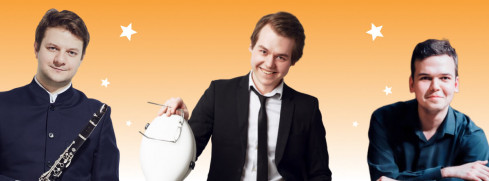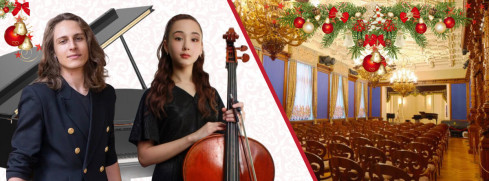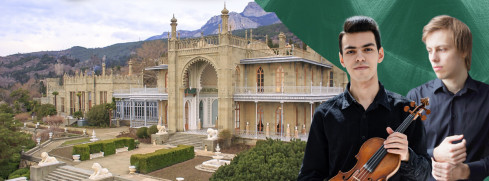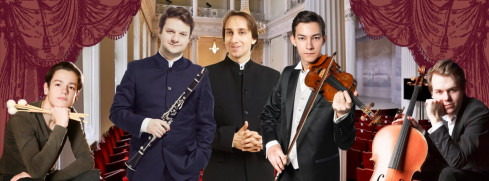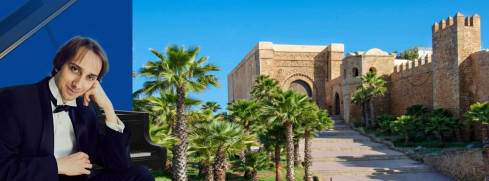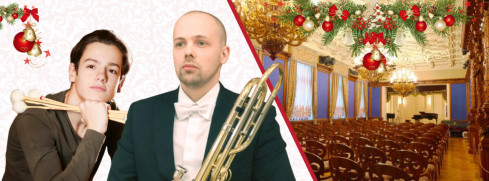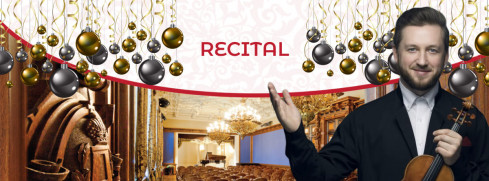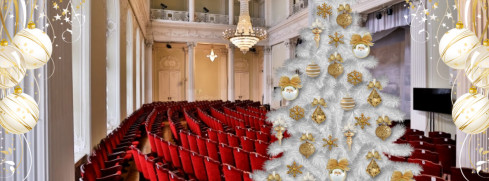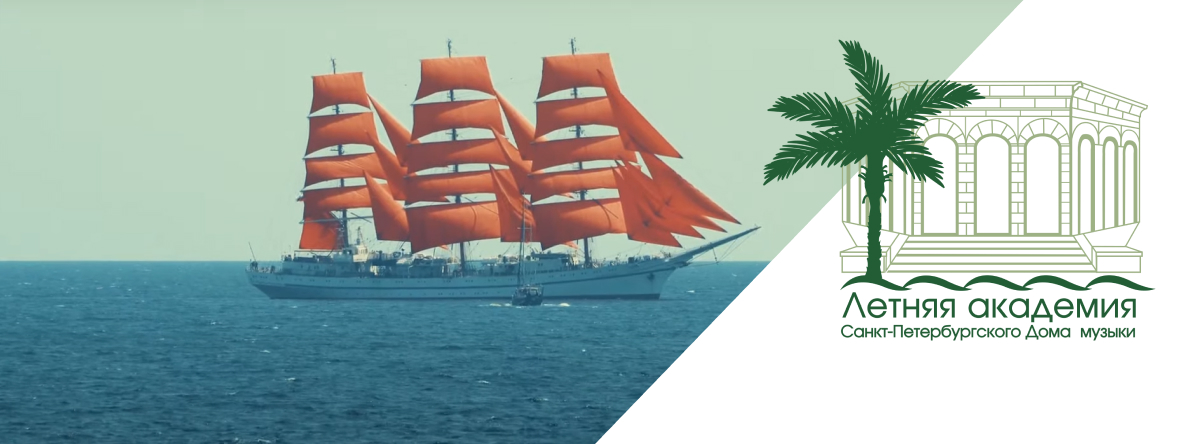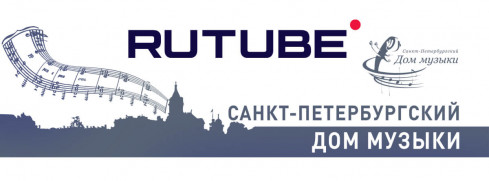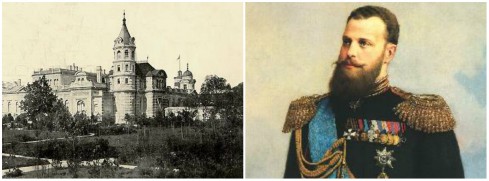People's House of Countess Panina (DK Zheleznodorozhnikov)
(Russia, St. Petersburg)
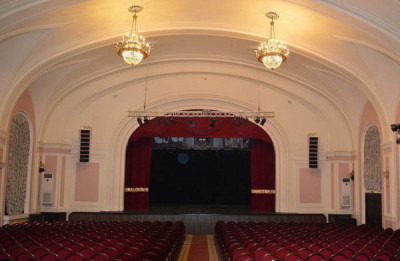
About venue
At the corner of Tambovskaya and Prilukskaya streets there is an unusual Art Nouveau building. It was erected on the initiative of an outstanding woman - Countess Sofia Panina, who devoted her life to public education.
In the late 19th and early 20th centuries, here, in the area of the Obvodny Canal, there were industrial quarters in which families of workers lived. The area was, as we would now say, dysfunctional. Drinking, cards and fisticuffs were a habitual form of leisure and a way of life for the local population, which regularly supplied St. Petersburg with criminal chronicles. However, it was here that an unprecedented complex of educational and social purposes grew up, which became the center of cultural and social life and a methodological example in the field of public education. From a bold idea to implementation, Sofya Vladimirovna Panina patronized this project.
In 1900, for the construction of the People's House, Panina acquired a plot (the corner of Tambovskaya and Prilukskaya). The construction was carried out according to the project and under the guidance of the famous architect Yuli Yulievich Benois. The building had many rooms equipped with the latest technology and an auditorium for 1000 people. The unique design of the seats made it possible to quickly make room for dancing.
At the House, a “Public Theater” was organized under the direction of Pavel Pavlovich Gaideburov (1877–1960), in which A. A. Bryantsev and A. Ya. Tairov performed. The Public Theater became the first pre-revolutionary theater for a working audience, and the first work staged on its stage was A. Ostrovsky's Thunderstorm, where Gaideburov played Tikhon, and Skarskaia (V. Komissarzhevskaya's sister) played Katerina.
In the gym there were classes according to the method of P.F. Lesgaft (group workouts, held here in a playful way, without bulky gymnastic equipment, can be called the forerunners of modern fitness).
In a separate wing, connected by a common courtyard with the main building, a "Mobile" museum was arranged, which stored and produced a collection of visual exhibits and manuals for subjects of the natural science cycle, which were provided free of charge to schools for a while.
Since 1905, the “Public Observatory” has been operating in the tower, created on the initiative of A. G. Yakobson, who remained its permanent leader.
Such prominent scientists as the energy engineer G. O. Graftio, the geologist A. P. Karpinsky, the scientist and philosopher V. I. Vernadsky, the artist I. E. Repin and many others gave lectures here.
Panina's house more than once found itself at the center of political events, and in 1906 V.I. Lenin. However, Sofya Vladimirovna herself wrote that she “never belonged to any political party,” because “my interests were focused on issues of education and general culture, which, in my deep conviction, alone can provide a solid foundation for a free political system.” And yet, shortly before the revolution, she enrolled in the People's Freedom Party, which openly fought against the advancing Bolshevism. Panina became deputy minister in the Provisional Government. On the night of October 25, 1917, she, along with three representatives of the Duma, tried to convince the sailors of the Aurora cruiser not to shoot at the Winter Palace. On November 28, 1917, that is, just a month after the Bolshevik coup, Panina was arrested.
Newspapers literally bombarded the Bolsheviks with letters of protest and solidarity with the prisoner.
For the ransom of Panina, funds were collected from the institutions of the whole of Petrograd, and Panina was finally released. But... The acquired freedom turned out to be formal, it turned out to be impossible to return to the People's House.
After the revolution, Sofya Vladimirovna emigrated to Europe, in 1938 to America.
In 1926, the building was transferred to the Central Club of Railway Workers, where Isaac Dunayevsky led the song and dance ensemble. During the war years, he traveled almost the entire country with an ensemble of railway workers, performed in military units, at enterprises, composed about a hundred pieces of music.
The history of the Palace of Culture continues today. Theatrical performances and festivals, reporting performances of children's palaces of creativity are held here, and in June 2021, public classical music concerts will be held.






